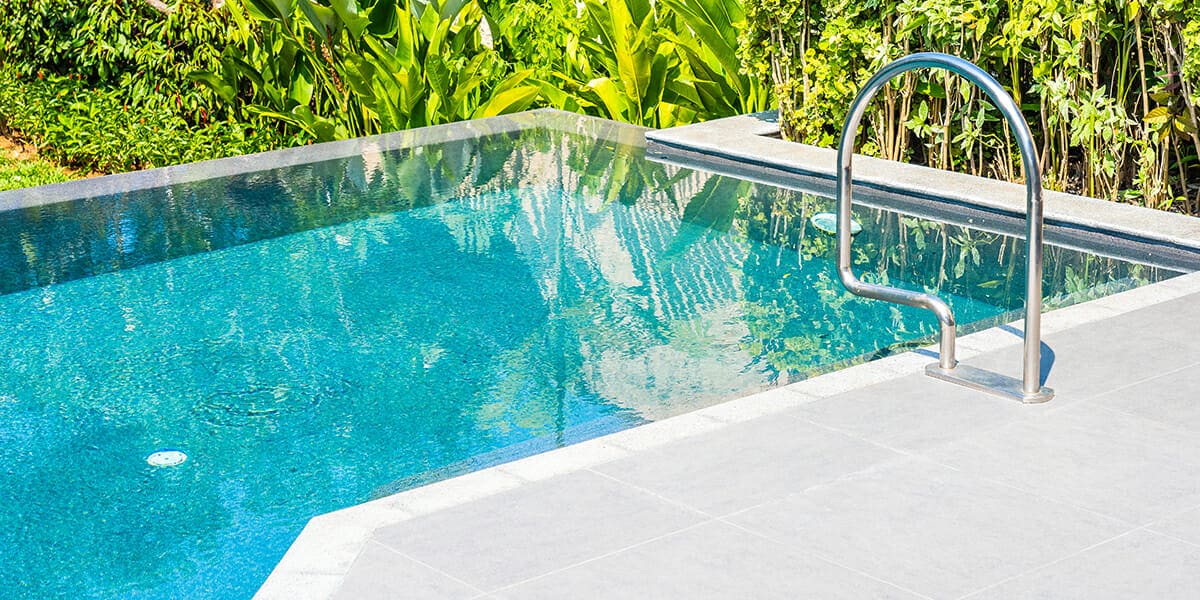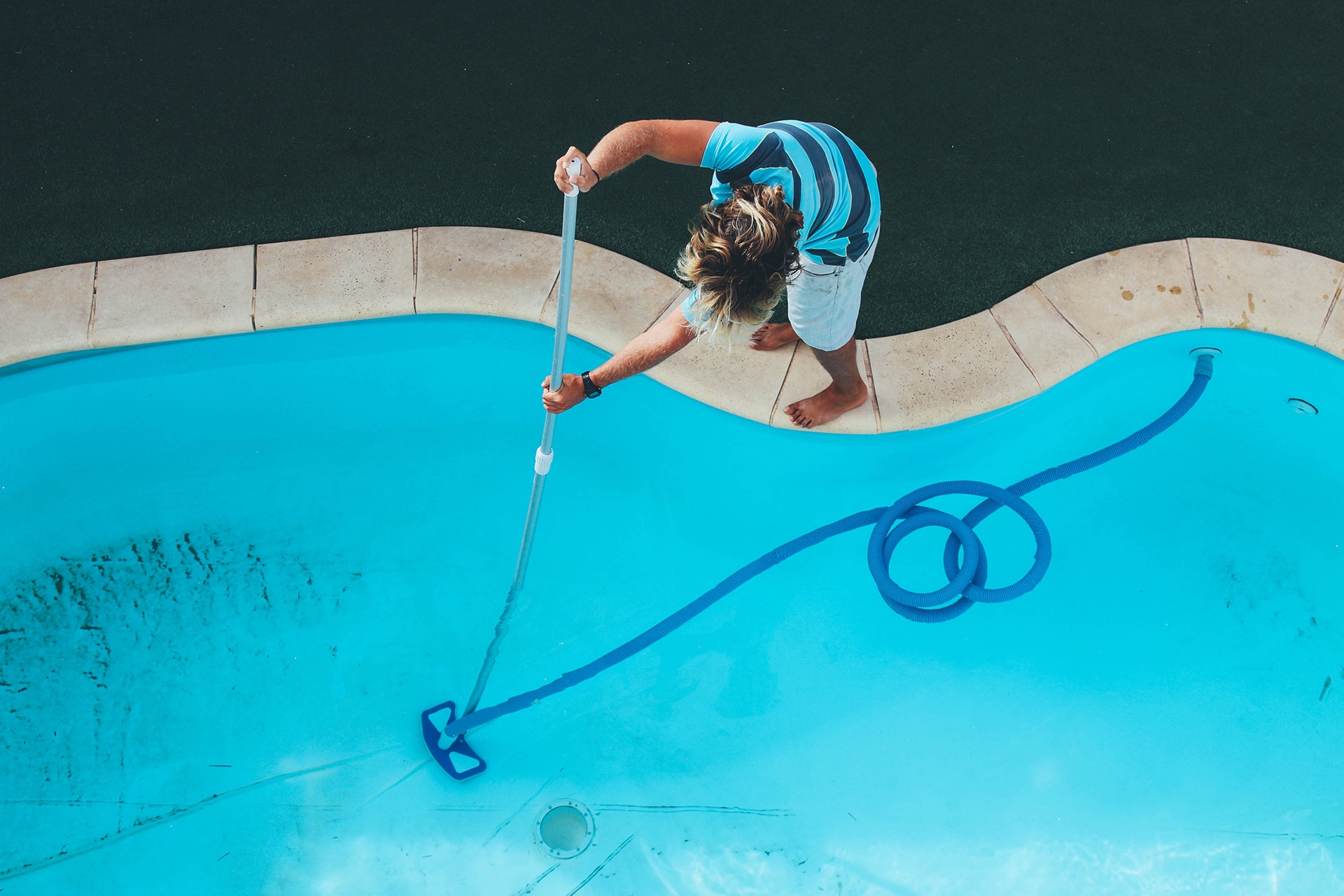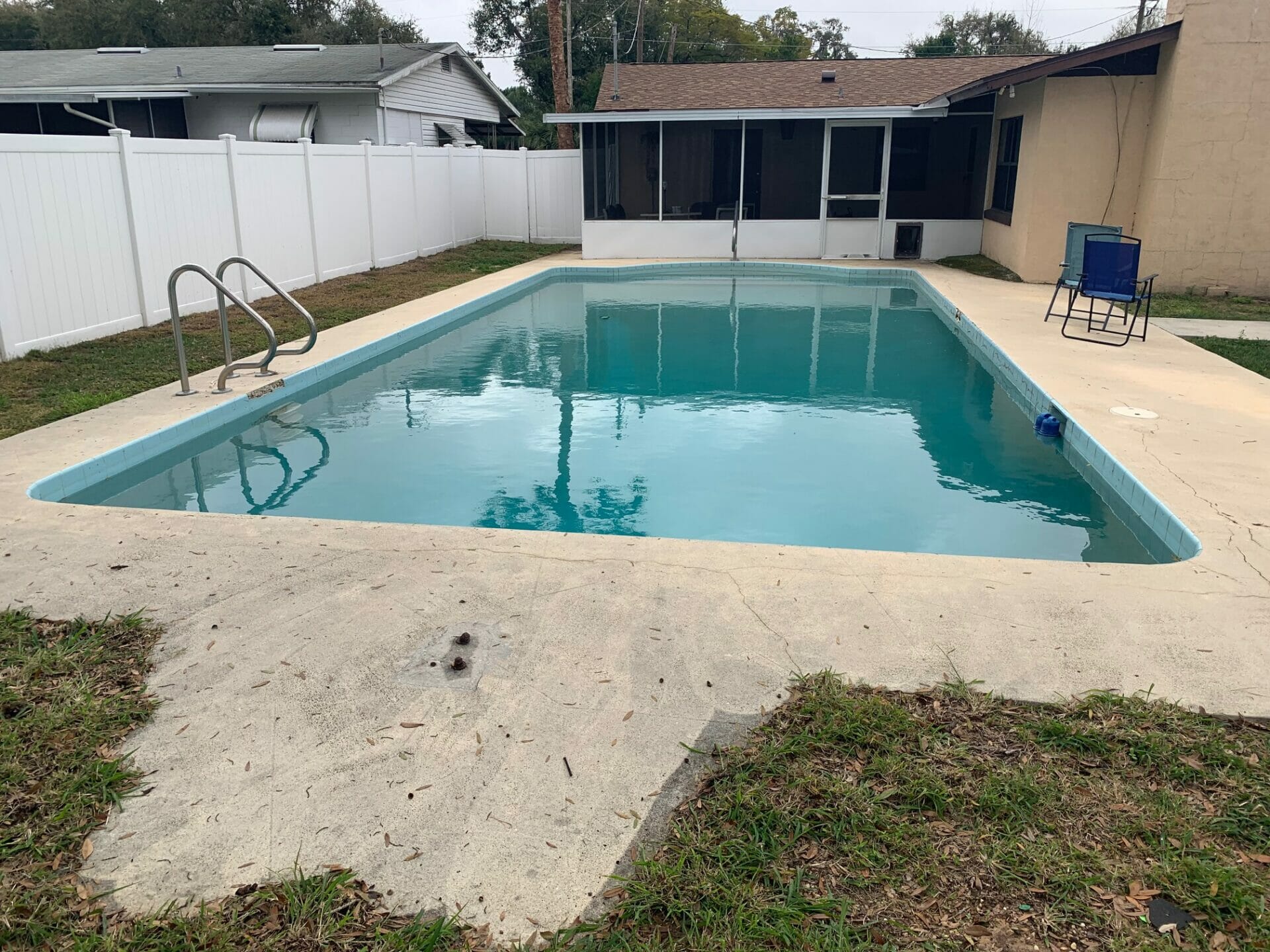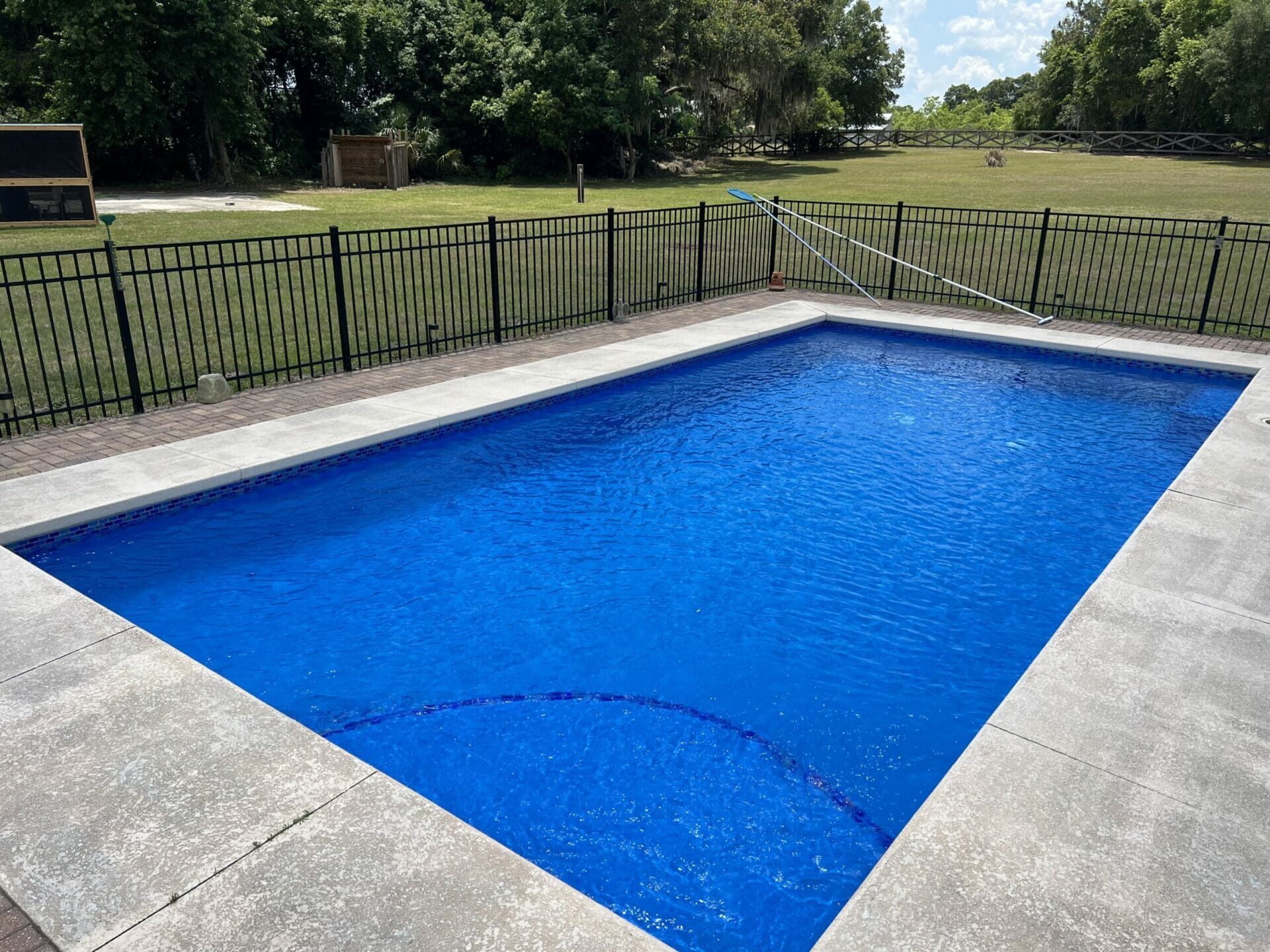Maintaining a swimming pool is a significant responsibility, one that requires regular attention and care. Over time, the surface of a concrete pool can deteriorate due to various factors such as wear and tear, weather conditions, and chemical imbalances. This blog aims to help you identify when your pool might need resurfacing and how to go about it effectively.
Understanding Concrete Pool Resurfacing
Concrete pool resurfacing involves applying a new finish or coating to the interior surface of a swimming pool. This process restores the pool’s appearance, smoothness, and functionality, ensuring a safe and enjoyable swimming experience. But how do you know when it’s time to resurface your pool?
Signs Your Pool Needs Resurfacing
Concrete pools, with their robust build, are designed to last. However, they are not immune to aging and damage. Here are some key indicators that your pool may need resurfacing:
- Visible Cracks and Chips
- Cracks and chips on the pool surface are clear signs of deterioration.
- These imperfections can lead to further damage and potentially hazardous conditions.
- Rough or Abrasive Texture
- A once smooth pool surface becoming rough and abrasive can cause discomfort and injuries to swimmers.
- Stains and Discoloration
- Persistent stains that are difficult to remove signify the need for a new surface.
- Discoloration often results from prolonged exposure to pool chemicals and sunlight.
- Excessive Water Loss
- Leaks due to cracks can cause the pool to lose water, indicating the need for repairs and resurfacing.
- Outdated Appearance
- An old, worn-out look can significantly diminish the aesthetic appeal of your pool and backyard.
The Resurfacing Process
Resurfacing a pool is a detailed process that requires professional expertise. Here is a step-by-step overview of what to expect during the resurfacing of your concrete pool:
- Drain the Pool
- The first step is to drain the pool completely to allow access to the entire surface.
- Preparation
- The existing surface is prepared by removing any loose or damaged material. This step might involve sandblasting or hydro blasting.
- Repair Work
- Any cracks or structural issues are repaired to ensure a solid foundation for the new surface.
- Applying the New Surface
- The new surface material, such as quartz, pebble, or glass bead, is applied. Each material has its unique properties and aesthetic appeal.
- Curing and Filling
- Once the new surface is applied, it needs time to cure. After curing, the pool is refilled with water, and the chemical balance is restored.
Benefits of Concrete Pool Resurfacing
Resurfacing your pool offers numerous benefits, enhancing both the functionality and aesthetics of your swimming area.
- Enhanced Aesthetics
- Resurfacing gives your pool a fresh, updated look, adding to the overall beauty of your backyard.
- Vibrant colors and decorative patterns can be incorporated for a more appealing finish.
- Improved Durability
- A new surface is more resistant to cracks, stains, and other forms of damage, prolonging the lifespan of your pool.
- Increased Safety
- Smoother surfaces reduce the risk of injuries, making the pool safer for swimmers.
- Easier Maintenance
- New surfaces are easier to clean and maintain, reducing the need for frequent repairs.
Types of Pool Surfaces
Choosing the right material for your pool resurfacing project is crucial. Here are some popular options:
Quartz Surface
- Composition: Quartz aggregate mixed with polymer-modified cement.
- Benefits: Aesthetically pleasing, durable, and water-resistant.
- Ideal for: Homeowners looking for a balance between beauty and strength.
Pebble Surface
- Composition: Durable pebbles and other aggregates.
- Benefits: Provides traction, long-lasting, and natural look.
- Ideal for: Pools with high activity levels and those desiring a natural aesthetic.
Glass Bead Surface
- Composition: Standard pool finish materials combined with rounded glass beads.
- Benefits: Striking mosaic look, durable, and unique.
- Ideal for: Larger pools and those seeking a luxurious appearance.
Creating a Welcoming Poolside Area
Enhancing your pool area can significantly improve your overall swimming experience. Here are some ideas:
- Design Comfortable Seating
- Create spaces for lounging and relaxation with comfortable furniture.
- Consider shaded areas like pergolas or umbrellas for sun protection.
- Add Water Features
- Incorporate features such as cascading waterfalls, fountains, or spa elements to create a tranquil atmosphere.
- Focus on Safety
- Install pool covers, alarms, and ensure proper fencing to enhance safety.
FAQs About Concrete Pool Resurfacing
What is Pool Resurfacing?
Pool resurfacing is the process of applying a new finish to the interior surface of a swimming pool, restoring its appearance and functionality.
How Do I Know if My Pool Needs Resurfacing?
Signs include visible cracks, rough texture, stains, excessive water loss, and an outdated appearance.
What Should I Expect After Pool Resurfacing?
You can expect a refreshed appearance, improved durability, smoother texture, and easier maintenance.
What is the Importance of Pool Resurfacing?
It enhances safety, prolongs the pool’s lifespan, improves aesthetics, and can increase property value.
How Much Does It Cost to Resurface a Pool?
The cost varies based on factors like pool size, chosen material, extent of repairs, and location. It’s best to get a personalized quote from a professional.
How often should a concrete pool be resurfaced?
Typically, a concrete pool needs resurfacing every 10-15 years, depending on usage and maintenance.
Can I resurface my pool myself?
While it’s possible, professional resurfacing ensures quality, longevity, and adherence to safety standards.
What maintenance is required for a newly resurfaced pool?
Regular cleaning, chemical balancing, and routine inspections help maintain the new surface.
Conclusion
Concrete pool resurfacing is a vital maintenance task that ensures the longevity, safety, and visual appeal of your pool. By addressing signs of wear and choosing the right resurfacing material, you can enjoy a beautiful, functional pool for years to come. For any pool resurfacing needs, consider consulting with a professional to achieve the best results.
By following these guidelines and consulting with experts, you can ensure your concrete pool remains a safe and enjoyable feature of your home. If you have any further questions or need professional assistance, don’t hesitate to reach out to a trusted pool resurfacing company.






